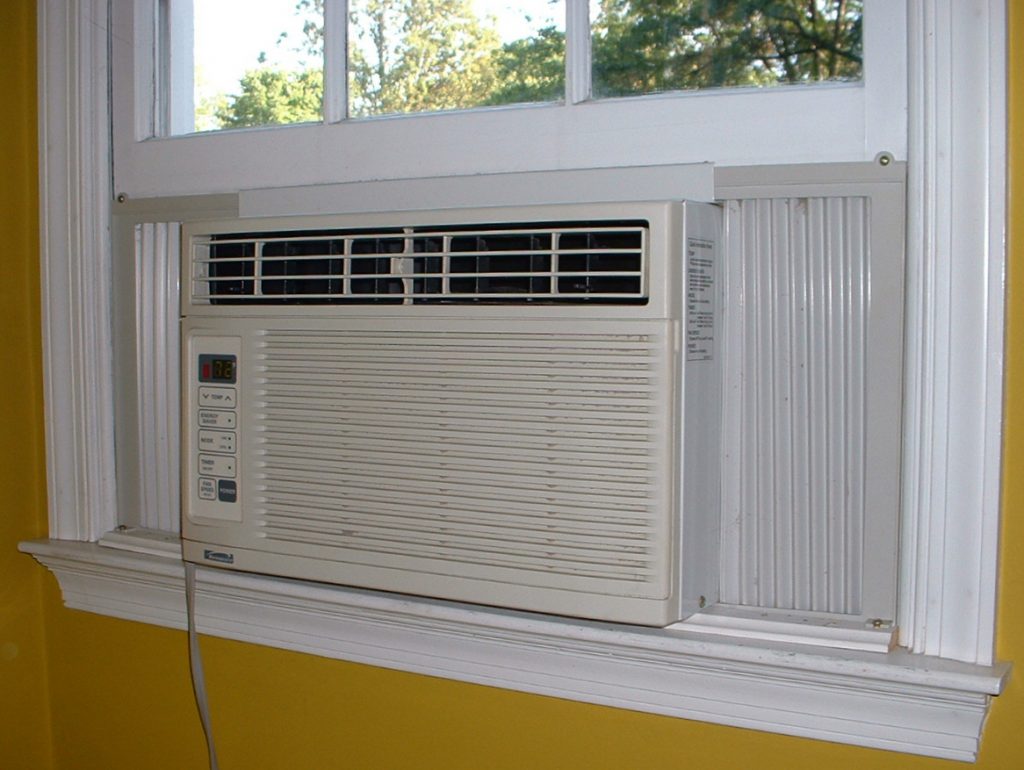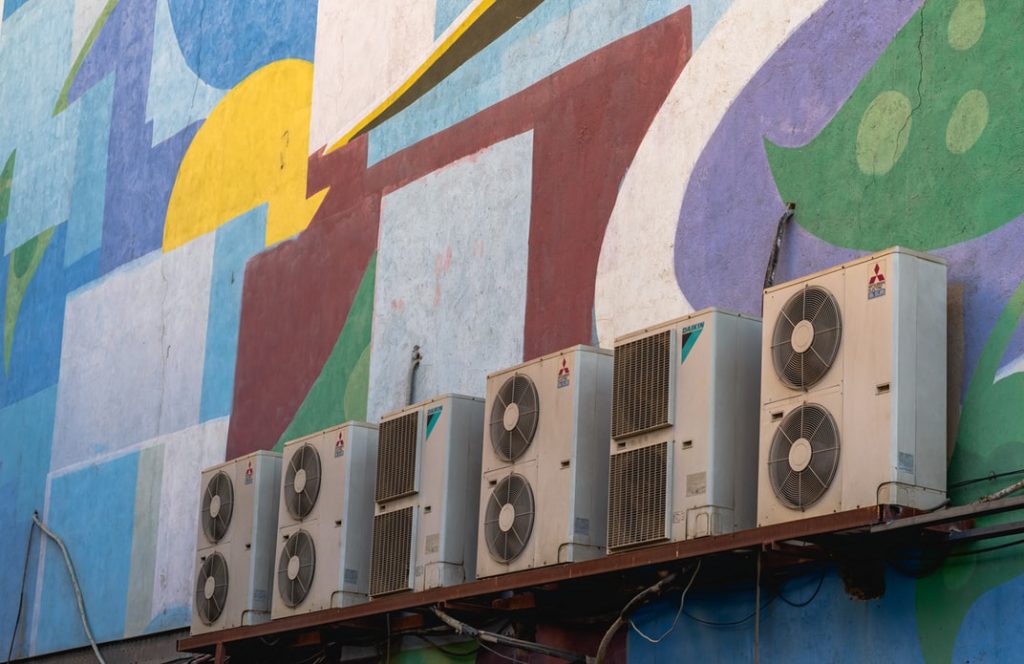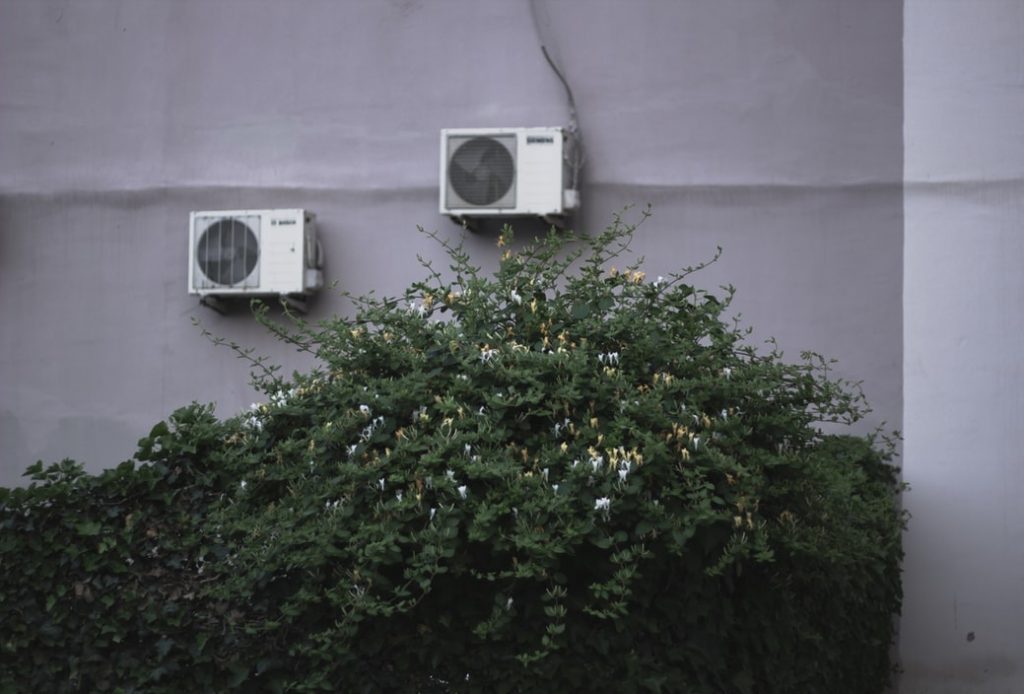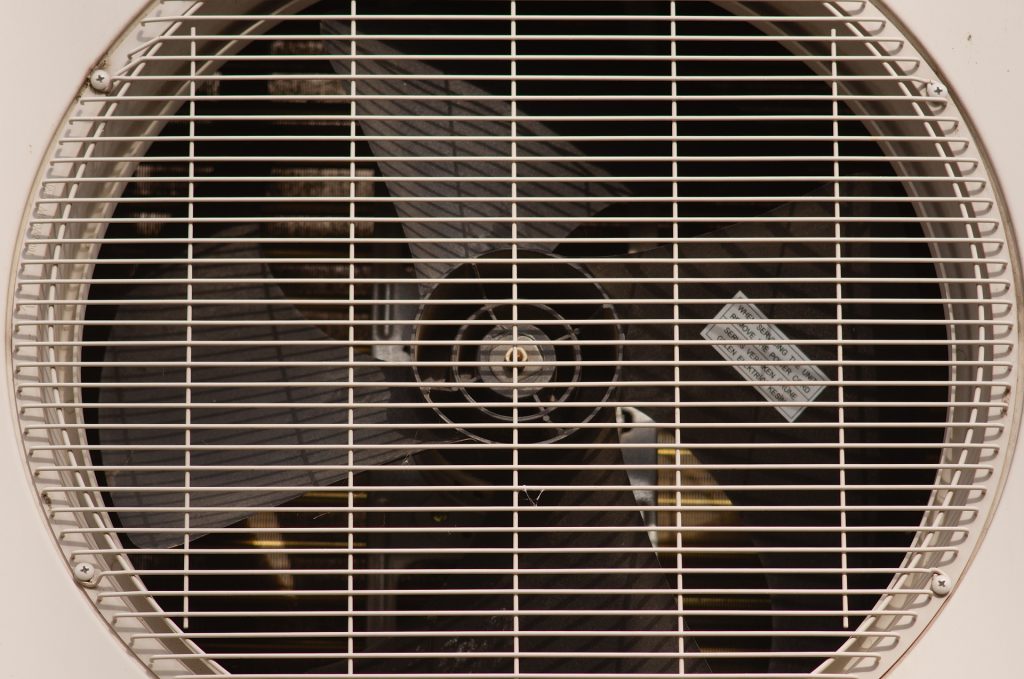Knowing how to clean a window air conditioner is a very valuable skill. Over time, these units can develop mold and other harmful bacteria if you clean them improperly or irregularly. If you’re an Arizonian, you may need to be aware of how long your unit lasts in Arizona. In this post, we’ll walk you through the steps you should take to clean a window air conditioner, including how often you should do it and what cleaning products are safe to use.
Keep in mind that we’re focusing on window air conditioners in this piece. If you have a central air conditioner, check out this article for some tips on cleaning.
How To Clean A Window Air Conditioner

The steps required to clean a window air conditioner differ depending on whether you’re trying to get rid of something specific like mold or simply performing a general cleaning. Let’s look at either scenario.
How To Clean A Window Air Conditioner For Mold
Mold can be very detrimental to your health, which is why it’s so important to address it promptly. This is especially true if the spores are festering in your air conditioner as you and your family can easily end up breathing them in.
But wait – how does mold get into your air conditioner in the first place? Well, if you live somewhere that gets humid and you don’t take time to clean your air conditioner regularly, a combination of dust and moisture inside the unit will harbor spores. These pesky growths proliferate within just 24-48 hours so it doesn’t take very long to end up with a huge problem.
Here’s how to clean a window air conditioner for mold.
- Gather the right protective gear.
At the very least, you should be wearing an N-95 respirator mask when getting rid of mold. You should also wear gloves and wash anything that the spores come into contact with.
- Unplug your window air conditioner and discharge the capacitor.
Whenever you want to perform internal work on your window air conditioner, you need to discharge its capacitor. Even after you’ve unplugged the unit, there may be residual electricity inside that can shock you.
Your air conditioner’s manual will tell you the exact steps required to avoid this. Generally, you’ll need to remove the side panel, identify the capacitor, and use an insulated screwdriver to connect its terminals, which will cause a short circuit and release the electricity.
It’s very important that you use a screwdriver with an insulated handle when doing this. Otherwise, you’ll be shocked!
- Ideally, remove your air conditioner from the window.
Window air conditioners afford you the luxury of portability. This allows you to get a better angle for cleaning. Most importantly, though, you’ll be able to clean the air conditioner inside rather than having the mold spores circulate through your home.
Removing your window air conditioner typically involves disconnecting the power, removing the front panel, and then gently pulling the unit inside. If the air conditioner is on your home’s first floor, you can also gently push it out. Just make sure you have something soft for the unit to land on.
If you’re not able to remove your window air conditioner, don’t worry. You can still follow the upcoming steps; they’ll just be slightly trickier.
- Remove your air conditioner’s front panel if you haven’t already.
On some air conditioners, the front panel (which is the one that faces inward when the unit is installed) is simply pressure-fit. On other units, you’ll have to remove a few screws.
- Remove anything that’s gotten damp.
You’ll almost certainly need to replace your filters and insulation. These components are porous and can easily soak up moisture, which will cause a reoccurrence of this problem down the road. If your filters are reusable, you’ll need to clean them with warm and soapy water. However, you’re better off replacing them if you can, depending on the severity of your mold problem.
In order to access these components, there may be an additional U-shaped metal cover resting atop your air conditioner that you have to remove.
- Use a wet vacuum to pull any remaining moisture from the unit.
It’s very important that you don’t just replace your filters and then call it a day. If you leave moisture trapped within your air conditioner, you’ll just end up with a mold issue again. Use a wet vacuum to get rid of the contaminated water before you scrub the unit down.
- Spray your air conditioner’s interior with a dedicated mold cleaner.
Check out this post from the Environmental Protection Agency (EPA) for more information about cleaning mold. The EPA also recommends certain products specifically designed to safely remove mold in your air conditioner.
Ideally, you’ll want to get a foaming spray disinfectant that can permeate throughout your air conditioner and hunt those spores down. Follow the instructions on the bottle. Generally speaking, you’ll need to spray the affected areas and then let them sit for about five minutes.
- Use a brush and some warm water to scrub the affected areas of your air conditioner.
Make sure you wear your mask and gloves as the combination of mold and the disinfectant spray will be hazardous if inhaled. Pay special attention to scrubbing the unit’s grille as mold likes to hide out there.
- Let your air conditioner dry for about 24 hours.
Before reassembling and reinstalling your air conditioner, let it dry thoroughly. While you may not need to wait a full 24 hours if you live in a hot and sunny place like Phoenix, it can’t hurt.
- Spray a mold inhibitor inside your air conditioner before reassembling it.
Goodway’s CoilShine-BC is a good, EPA-approved option designed to inhibit mold growth for two years.
- Reassemble and reinstall your air conditioner.
Finally, you’re ready to get your air conditioner back in place! This should be relatively straightforward. Just be sure the unit is fully assembled and in place before you plug it back in.
How To Prevent Mold In A Window Air Conditioner
A mold inhibitor will go a long way towards helping you avoid mold buildup. Here are some additional tips on how to prevent mold in a window air conditioner.
Avoid Moisture Like The Plague
Moisture and mold go together like Camelback Mountain and hiking. One easy way to avoid excess moisture is to get an air conditioner that incorporates humidity control. You should also avoid leaving the air conditioner off for extended periods during the summer months (such as when you go on vacation). When you do this, warm, moist air tends to build up inside the unit. Rather, set your air conditioner to run on ‘auto.’
Have Your Air Conditioner Serviced Regularly
In this post, we discussed the importance of having your air conditioner looked at by a professional twice annually. This will help you stay ahead of the curve on any issues that may be coming down the pipeline. Some of these issues, such as excess condensation or leaking, could lead to mold down the line.
Our air conditioning services in Phoenix are designed to help you pinpoint and deal with these issues promptly.
Clean Your Air Conditioner Regularly
Keeping your air conditioner free of dust and debris will rob mold spores of their fuel. The best way to do that? By cleaning your air conditioner regularly instead of simply performing one deep clean every few months. In the next section, we’ll look at the steps you should take.
Day-To-Day Tips: How To Clean A Window Air Conditioner Without Removing It
While the steps we’ve mentioned so far are great if you’re looking to tackle a major problem like mold, you won’t want to do that on a daily basis. Here’s how to clean a window air conditioner without removing it.
- Shut your air conditioner off and disconnect it from the wall.
While you won’t be opening the unit up to the degree that a deep clean requires, you’ll still be accessing it enough to warrant disconnecting the power.
- Remove the filter.
To access your air conditioner’s filter, you may need to remove a front panel, which will be either pressure-fit or held in place by screws.
- Soak your filter in warm, soapy water.
Let it sit in a bucket or your sink while you complete the remaining steps. Alternatively, if your air conditioner’s filter can be replaced, swap it out. We recommend cleaning or exchanging your filter at least once a month.
- Spray your air conditioner with a 3% hydrogen peroxide mixture.
Direct the spray into the air conditioner fins, which (being the outermost components) harbor much of the dirt and grime.
- Use a soft brush to gently scrub the fins.
Avoid applying too much pressure to the fins as they can bend out of shape and cause airflow problems.
- Let your air conditioner dry for a few hours before reassembling it.
Some experts recommend just turning the air conditioner on after you’ve finished spraying and scrubbing. It’s always good to let things dry for a bit, though, just in case you got some moisture in the electrical components.
For more air conditioning and water filtration blogs, you can check out our next articles on the “Different Types of Hot Water Tanks” and “How to Remove Nitrate from Well Water“.
Frequently Asked Questions
How do you clean mold from air conditioner ducts?
Cleaning mold from your central air conditioner ducts is a bit more finicky than removing it from a window unit. You should contact a professional who can properly look at your ducts, particularly if the mold has spread through an area greater than 10 square feet. They’ll need to actually remove the affected portion of your ducts and give it a good scrubbing.
What causes mold in your window air conditioner?
Mold is the result of a damp environment combined with dust and dirt. It’s especially common in areas where the weather gets humid and wet.
Is mold in a window air conditioner dangerous?
Mold anywhere in your house is dangerous. The spores proliferate through the air extensively and can end up in your lungs, causing symptoms like:
– runny nose
– watery eyes
– dry cough
– rashes
– wheezing
Mold inside your air conditioner gets an added boost as it literally flies through the air and into your lungs.










